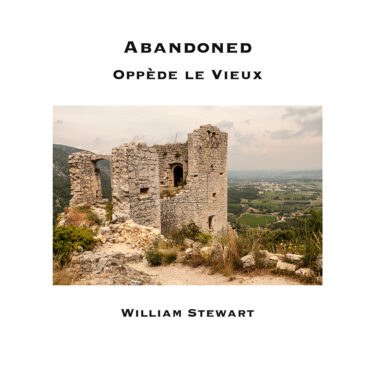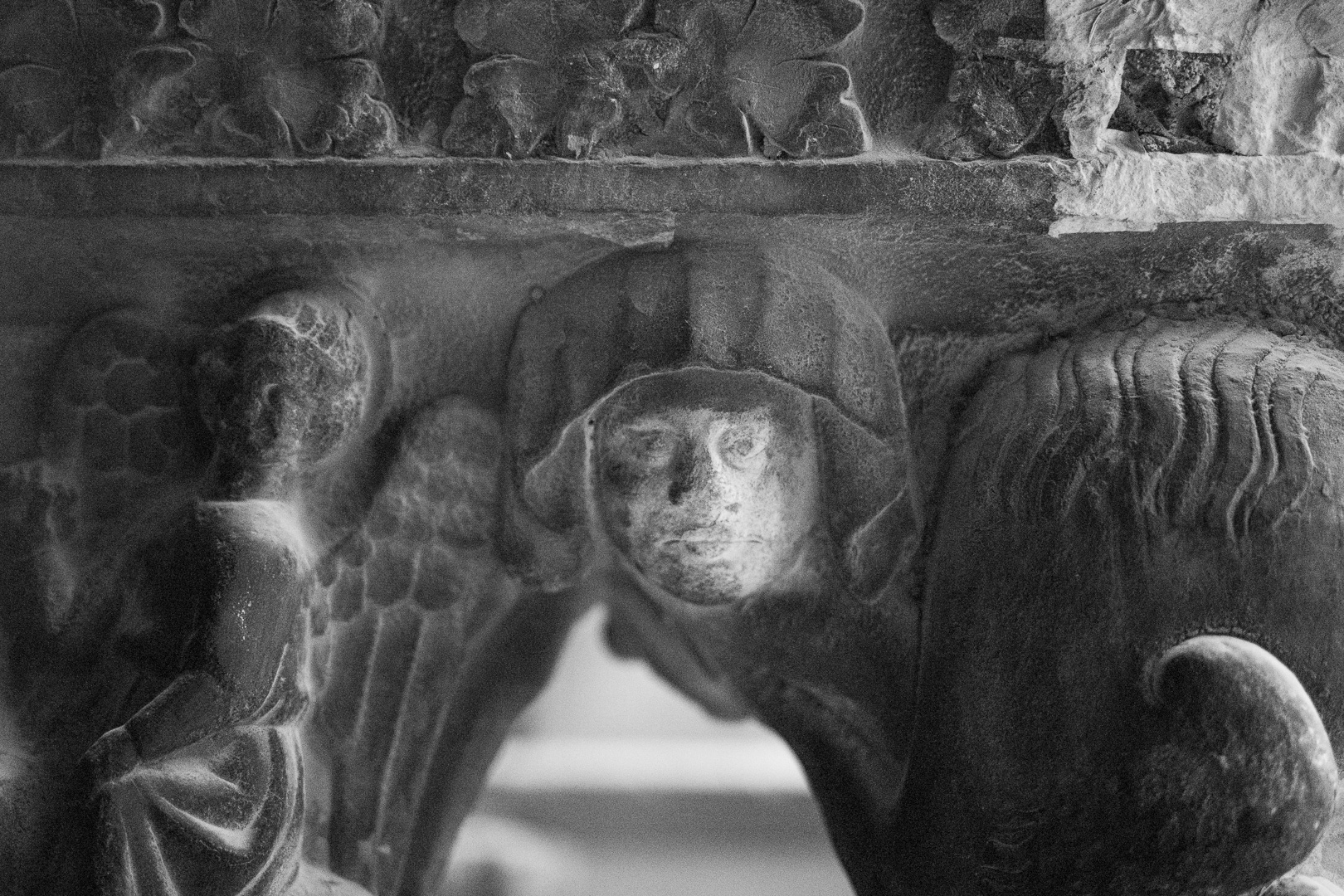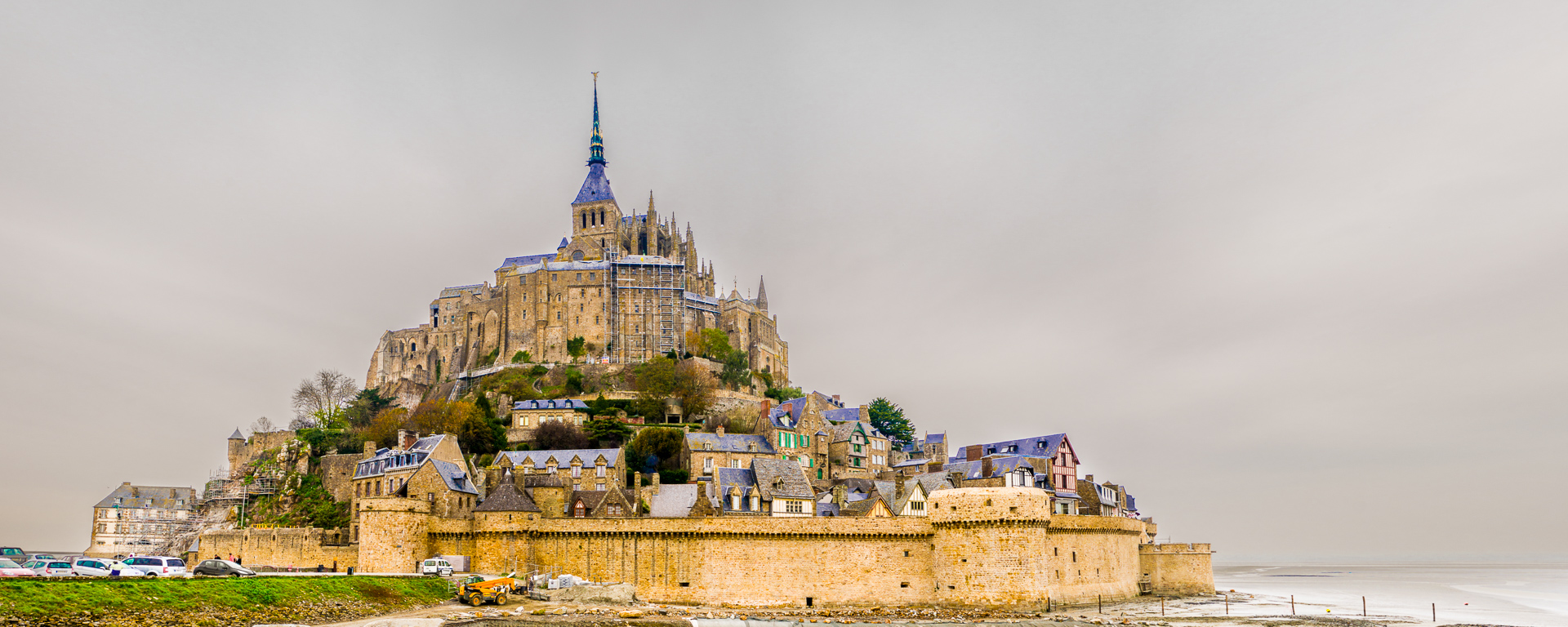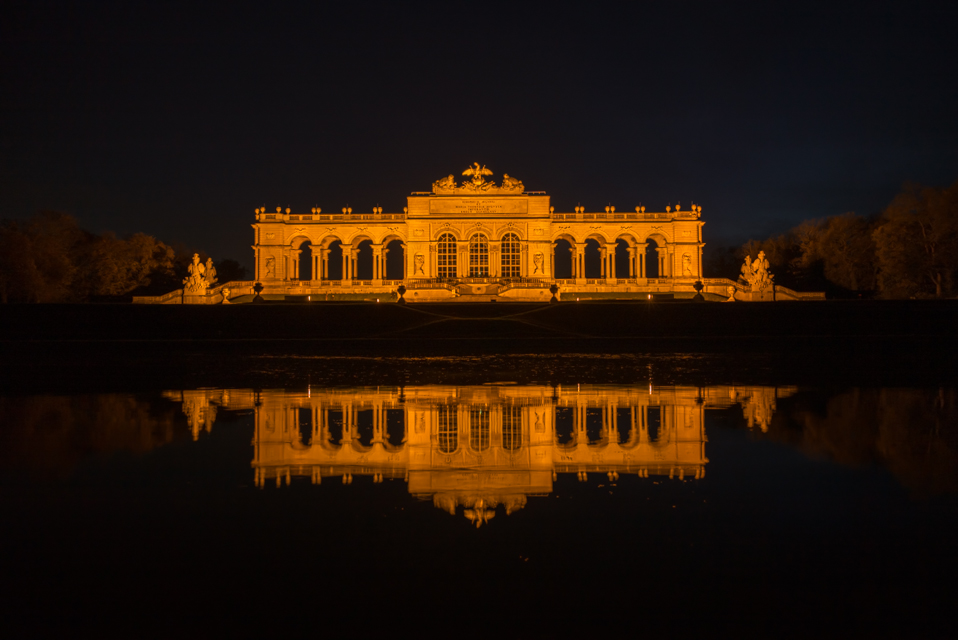
A week exploring Arles for this year’s (2019) Les Rencontres de la Photographie. Continue reading “A week in Arles – 2018”

A week exploring Arles for this year’s (2019) Les Rencontres de la Photographie. Continue reading “A week in Arles – 2018”
 Many villages in France have been in existence for many hundreds of years, accumulating tales of adventure, of love, of woe. Of those that lie now in ruins in some, a natural cause might obscure a darker history, haunted by the memories of fallen lives amidst the wars of men. Continue reading “Abandoned: Oppède Le Vieux”
Many villages in France have been in existence for many hundreds of years, accumulating tales of adventure, of love, of woe. Of those that lie now in ruins in some, a natural cause might obscure a darker history, haunted by the memories of fallen lives amidst the wars of men. Continue reading “Abandoned: Oppède Le Vieux”
The cloister of St Trophime supports some remarkable and eye-catching imagery, full of nightmares and the fears of a superstitious age. St Trophime (and its cloisture) was built around the 12th century and is a fine example of Romanesque architecture.
Continue reading “The Cloister of St Trophime, Arles”

Mont St Michel rises from the surrounding bay as a structure seemingly beyond its reality, rising to the heavens. It emerges from the bay, sometimes an island, sometimes not, with the large tides creating sand flats over vast areas of land. Continue reading “Mont St Michel”
St Vitus Cathedral in Prague is (currently) the worlds most recent gothic cathedral, begun in 1344 in late gothic style, finally consecrated in 1929. As such, it features a mixture of late-gothic, baroque, renaissance architectural styles, and stain-glass windows from as recent as the early 20th century by Alfons Mucha, Prague’s most celebrated artist in the last century. Continue reading “St Vitus Cathedral, Prague”
A collection of images of the people and sites of Prague, Czech Republic. Prague is built around the River Vltava. On the east side of the river is the old town, with town squares and narrow streets typical of medieval towns in Europe. On the west side, lies the castle precinct, with its protective and forbidding construction and centrepiece, the St Vitus Cathedral. Continue reading “Prague Views”

Schönbrunn Palace is the summer palace for the Hapsburg dynasty. Today it lies on the outskirts of Vienna, but at its height it would have been outside of the main city. The palace is noted for its extraordinary gardens and pavilions, a small zoo and parklands. Continue reading “Schönbrunn Palace”

Both spectacular Roman sites, Verona’s Arena and Amphitheater, impress with their ancient roots and extensive and well-fortified walls. The walls foundations are from Roman times, with various extensions added during the middle ages. With a capacity of several thousands of spectators, Verona’s arena enchants and its very presence dominates the city square. Continue reading “The Walls and City of Verona”